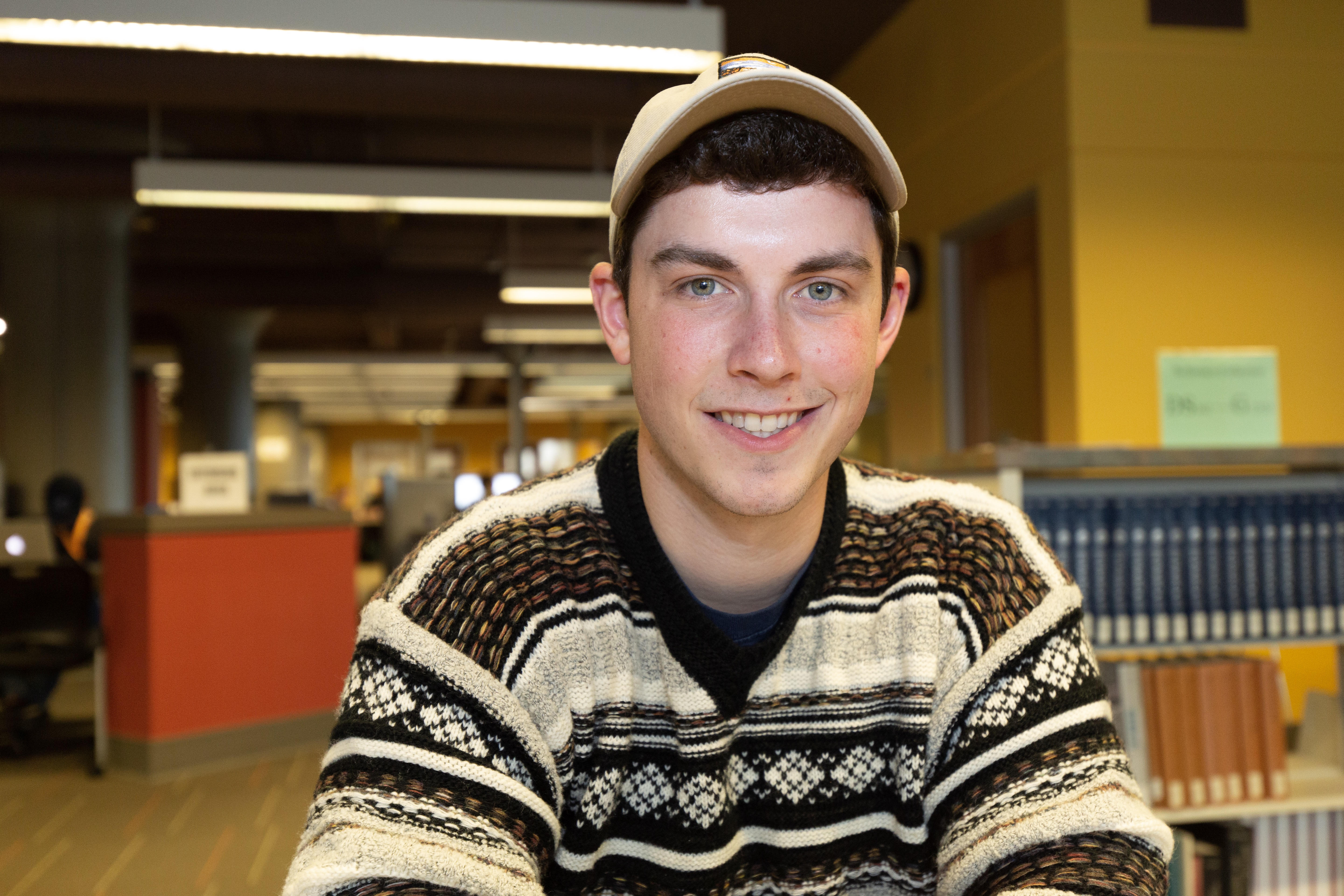By: Emma J. Walsh, Staff Writer
This past summer, USM senior Tyler Walsh, 24, interned with the Casco Bay Estuary Partnership (CBEP). The internship presented a wonderful opportunity for Walsh, a General Biology major, to protect the ecosystem. He acquired the internship through Professor Lasley-Rasher, a Biology professor at USM. According to a video published on USM’s website, Walsh said, “Growing up in Saco and being in the Portland area for most of my life, I’ve always loved the view and I’ve loved the bay. It’s been an important aspect in my life.”
During his internship, Walsh studied nutrient pollution in Casco Bay to better understand how these nutrients affect the ecosystem of the bay. Curtis Bohlen, director of the Casco Bay Estuary Partnership and chief scientist of the study, said the goals are to “assess when nitrogen levels are high, to help identify sources of pollution entering the bay, and to help inform future policy decisions around mitigating nitrogen pollution.”
CBEP is an organization based in Portland dedicated to protecting and restoring the Casco Bay watershed ecosystem that spans nearly 1,000 square miles. According to the CBEP website, their mission statement is, “…to help conserve the ecological integrity of Casco Bay and its watershed through science, public stewardship, and effective management.”
Researching nutrient pollution is important because “Excess nutrients entering the bay…can lead to harmful blooms of algae and deplete oxygen, in turn killing fish and other aquatic life that call Casco Bay home…” according to Walsh. Due to a growing population and climate change, nutrient pollution is likely to increase.
Bohlen explained that the nutrients that pollute the bay come from urban runoff, atmospheric deposition, human waste, and agricultural runoff. “Knowing where the nutrients are coming from helps us figure out what are the most cost-effective investments for protecting water quality,” Bohlen said. The most detrimental type of runoff is urban runoff, which accounts for up to 64% of nutrient pollution in Casco Bay. Bohlen added, “We see elevated levels of nitrogen in Casco Bay following significant rain events, especially those large enough to trigger “combined sewer overflow” events. While this finding is not especially a surprise, it does highlight the importance of urban runoff as a source of pollution entering the Bay.”
Walsh believes, “It is important to stay proactive on the issue so we can take preventative measures now, rather than remedial ones later.” Bohlen gave suggestions on how individuals can help protect the bay ecosystem. The first is to reduce atmospheric deposition. This can be accomplished through reducing vehicle emissions, which are “…a major source of reactive nitrogen in the atmosphere,” Bohlen said. Individuals can also try to use less electricity. The next step is to reduce runoff, and one can reduce runoff by using fertilizers responsibly, using rain gardens and rain barrels to filter runoff, picking up after pets, and supporting efforts to protect clean water. Lastly, individuals can support wastewater treatment infrastructure, as Bohlen said, “Newer technologies can reduce nutrient releases. Many of our wastewater facilities have been in operation for 40 years or more, and need reinvestment to function properly, much less get upgraded to modern technologies.”
When asked about the internship, Walsh said, “I firmly believe that the opportunities I have been given at CBEP could not have been replicated anywhere else … At the very least, I wanted to have some internship and research experience under my belt before I graduate, but CBEP has given me that and so much more: I have been able to … work in a multitude of different settings (marshes, a floating dock, office, and a lab), present our nutrient research at a meeting that included officials from the EPA as well as a symposium with over 100 attendees (including Maine state legislators, news personnel, academics, and informed citizens), and work with a myriad of field work instruments.”
According to the U.S. Environmental Protection Agency’s National Estuary Program, Casco Bay is an “estuary of national significance.” This designation protects estuaries from pollution, development, or overuse. Their efforts help to improve water quality and wildlife habitat and ensure that human usage is compatible.
According to the CBEP Facebook page, “Through focused and collaborative work, [such as internships and research projects] we have a greater impact than would be possible acting separately.” CBEP also works on the communications and fundraising aspects for Casco Bay.

